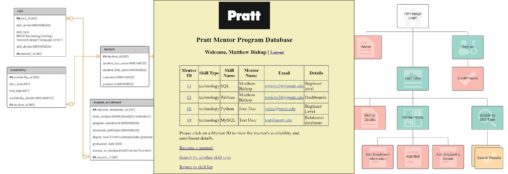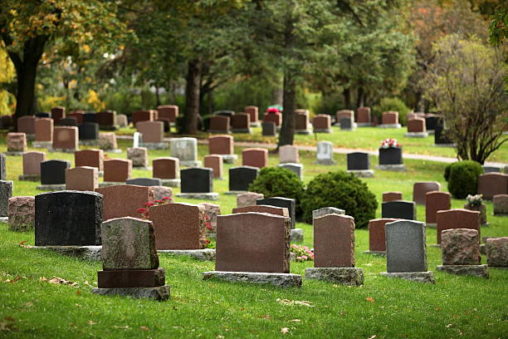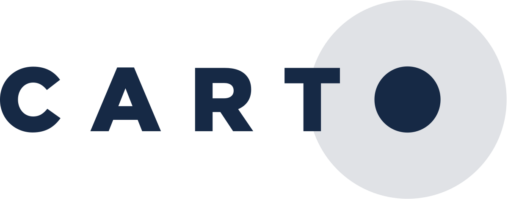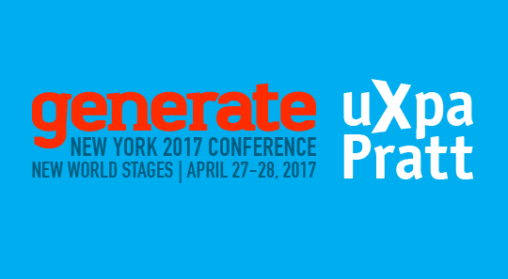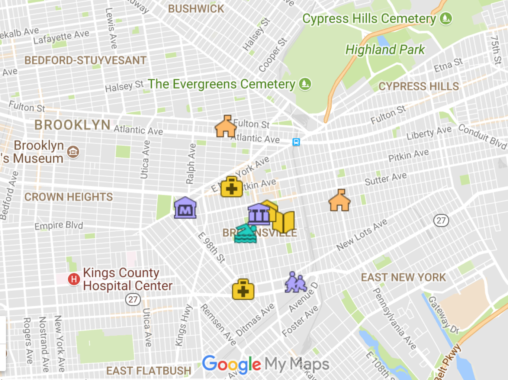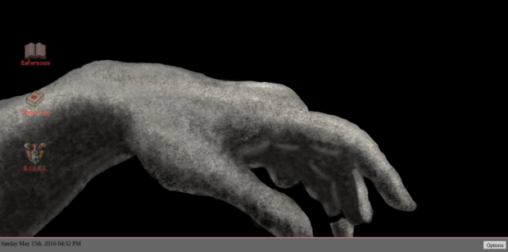Tag: technologyPage 2 of 4
This presentation provides an technical overview of initiating Linked Open Data (LOD) in the Whitney Museum of American Art as part of the 2017-2018 LOD for Museums Fellowship.
The panel will present the findings of two projects related to the adoption of the digital personal assistants like Siri, Alexa and Cortana. The findings pertaining to the technology adoption in public spaces, existing issues and requirements for the ideal digital assistants will be shared.
Our research briefly examines the evolution of hashtags from an online organizational tool to a cultural phenomenon that serves a rhetorical function as a paralinguistic communication method. We include an analysis of the role of hashtags as image annotation metadata and as a framework for digital library taxonomies.
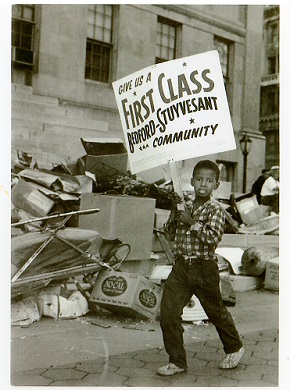
Projects in Digital Archives students present on a collaborative project with the Brooklyn Public Library to digitize audio interviews from the Civil Rights in Brooklyn Project. The interviews include interviews with notable civil rights activists from the Brooklyn chapter of the Congress of Racial Equality (CORE).
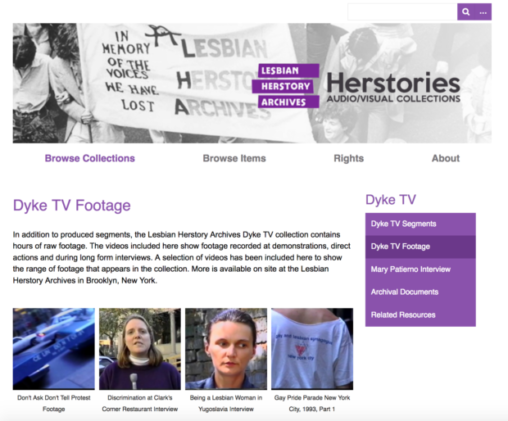
In this presentation, students from the course LIS 668 Projects in Moving Image and Sound Archives present their work in digitizing, curating and making available to the public the public-access television program DykeTV. The collection is housed at the Lesbian Herstory Archives and was reformatted from aging analog U-Matic video.
In LIS 677 Literacy and Literature for Young Adults, we used a youth lens to situate ourselves as adult librarians selecting resources for teens. Student presenters will share topical resource lists that share multiple intersections and draw on some of the newest materials for teens that address social and cultural issues using humor, advocacy, and the voices of teens.
This instructional video uses stop animation and principals of good instructional design to teach how to fold a plastic shopping bag into a neat, small triangle.
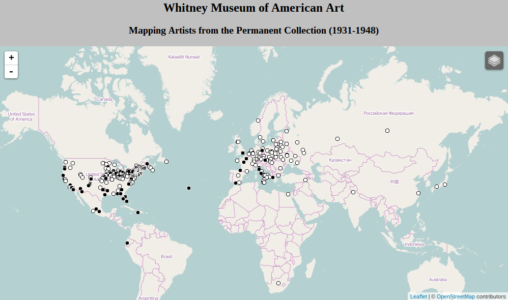
This project reports the results of the first nine months of developing linked open data with a small selection of the Whitney’s collection, focusing on the artist and works added to the collection during the founding years (1931-1948) under its first director Juliana Force. It serves as a case study for other institutions interested in developing linked open data projects. This project also demonstrates several practical examples of how linked open data can be used for research and public outreach.
Libraries around the world have been concerned with the digitization of theirmaterials for the past two decades. A digitally available global library is growing, thanks to immense projects like Google Books, and large academic libraries that have been ceaselessly digitizing their materials as new scanning and data storage technologies continue to revolutionize the field. This presents a question of a huge amount of labor—who will do it?
First, I want this paper to shine a light on the actual labor performed by book
scanners for Google, and for other, smaller, library digitization projects. Manual labor continues to drive technological advancement, whether it’s in Apple’s Chinese factories where women construct iPhones for menial pay, or in Silicon Valley where Google’s scanning team works overnight to digitize the world’s libraries.
Second, I want to reveal the ways in which this labor goes undiscussed, both as
(likely) company policy at Google, and in smaller libraries, public and private, around world. Why does this labor remain hidden? The underground sensation that surrounds the Google’s scanning labor, and the way that the transformative labor of digitization goes unremarked, gets us close to the very old class conflict that is at the center of the new tech economy.
The first section of this paper will look at artist Andrew Norman Wilson’s
findings in his art pieces dealing with Google’s book scanning operations, and what we can know about labor conditions there. I then want to connect those findings to labor in smaller digitization undertakings at academic, public, and private libraries around the country. This leads to a discussion of automated robotic book scanners, and the future of library material digitization in the burgeoning convenience economy.
“‘Data-Drive Transparency’: Creation and Consequence of the Data-Public” analyzes the impact open government data programs have on society. The paper discusses how open government data, despite being marketed as democratic transparency initiative, results in the formation of a ‘data-public’ and the ascendance of neoliberal politics.
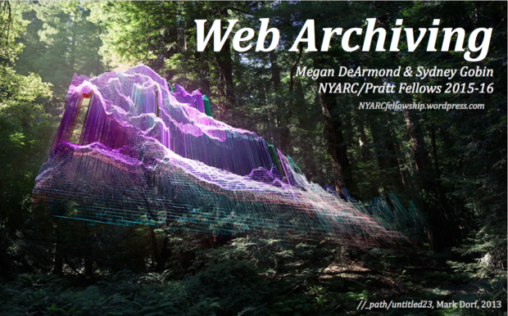
For the past two semesters, we have been working as NYARC interns located at the Frick doing web archiving of various types of sites (galleries, museums, catalogue raisonnes). We would like to share about the processing of web archiving using Archive-It as well as other new technologies such as Rhizome’s web recorder.
